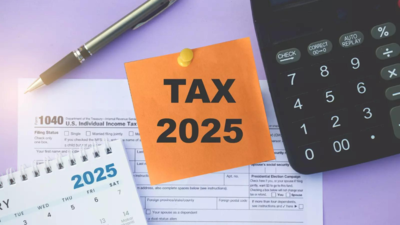- News
- Business News
- India Business News
- GSTR-3B filing to tighten: GSTN to lock monthly tax form from July 2025, changes allowed only via GSTR-1A
Trending
GSTR-3B filing to tighten: GSTN to lock monthly tax form from July 2025, changes allowed only via GSTR-1A
Starting July 2025, the GSTN will make the GSTR-3B form non-editable to enhance consistency and reduce revenue leakages. Taxpayers must use GSTR-1A to amend outward supplies before filing GSTR-3B. This shift requires businesses to ensure real-time reconciliation and error correction, placing greater responsibility on internal controls.
In a significant compliance shift under the Goods and Services Tax regime, the GST Network (GSTN) on Saturday announced that the monthly GST payment form GSTR-3B will become non-editable from the July 2025 tax period onward. Starting with returns filed in August 2025, taxpayers will no longer be able to manually alter the tax liability in GSTR-3B once it is auto-populated — with any revisions allowed only through GSTR-1A prior to submission.According to GSTN, any changes in declared outward supplies will have to be made through form GSTR-1A before the GSTR-3B is filed for that same return period. These amendments will then be auto-populated into GSTR-3B and cannot be modified thereafter, PTI reported."From the July 2025 tax period for which form GSTR-3B will be furnished in August 2025, such auto-populated liability will become non-editable," GSTN stated. "Thus, taxpayers will be allowed to amend their auto-populated liability by making amendments through form GSTR-1A, which can be filed for the same tax period before filing of GSTR-3B."GSTR-3B, a summary statement and monthly tax payment form, is filed on a staggered basis—on the 20th, 22nd or 24th of every month—depending on the taxpayer category.
Stay informed with the latest business news, updates on bank holidays and public holidays.
AI Masterclass for Students. Upskill Young Ones Today!– Join Now
End of Article
Follow Us On Social Media


















